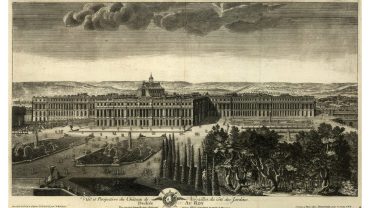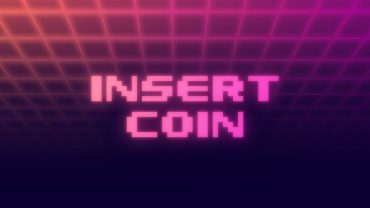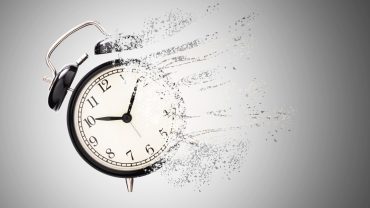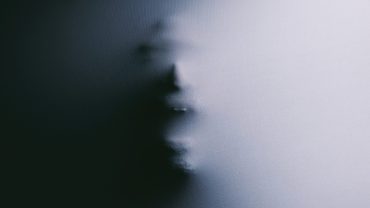At Yale University’s Beinecke Rare Book & Manuscript Library there resides one book nobody has ever been able to read. Only slightly larger than a paperback book, the 15th century Voynich Manuscript is a linguistic enigma, an indecipherable code with a sketchy history.
Many have attempted to interpret the messages within this elaborately illustrated tome, but it has eluded even the best scholars, codebreakers and scientists.
What is The Voynich Manuscript?

Hand written manuscript with images (Photo: Vladi333 via iStock)
In 1912, Polish antiquarian bookseller Wilfrid Voynich bought a curious illustrated codex, a manuscript in book form. Voynich would publish this codex, which would in turn come to carry his name. It would also become one of the world’s most enduring mysteries.
Measuring 22.5cm by 16cm, the Voynich Manuscript contains some 200 pages of imagery and text, all of it produced by hand. Naked bathing women, astrological diagrams and exotic plants all grace its vellum folios. And surrounding that is writing in a perplexing language.
The Mystery of The Voynich Manuscript language

Antique book with strange code. (Photo: RoterPanther via iStock)
By far the most extraordinary aspect of the Voynich Manuscript is the cryptic text within. Whilst it does contain the odd Latin character, the vast majority of it was written in a language completely unknown at the time. What is more, it has confounded eminent scholars, scientists and codebreakers ever since.
Whether it is indeed a language or a code, or something entirely different, the Voynich Manuscript language has come to be known as Voynichese or the Voynich Code.
What is the Purpose of The Voynich Manuscript?

Mysterious scientific illustrations (Photo: paseven via iStock)
There is no standout theory as to the purpose of the Voynich Manuscript, nor why it might have been written in a secret language.
The drawings are almost as puzzling as the Voynich Code. These colourful images are found throughout the pages and seem to imply it might have been a pharmacopoeia, some sort of medical guide.
However, whilst it contains plants and what are seemingly medical elements, much of it does not seem based in reality.
The Sections of The Voynich Manuscript
It is generally agreed that the manuscript is divided into six main sections.
Section 1: Botany
Of all the sections of the Voynich Manuscript, the first and largest is dedicated to botany, with carefully annotated hand drawn images of plants and herbs. However, even here, the codex confounds. Only a handful of the 113 flora pictured has been concretely identified. Amongst them are a maidenhair fern and wild pansy. Beyond these, it is believed that many images are fanciful composites of different plants, mixing elements from two or three different plants or herbs into one.
Section 2: Astronomy & Astrology
Images of the stars, sun, moon and zodiac symbols make up the next 12 pages, recognised as the astronomy and astrology section.
Section 3: Biology
The biology section is third and comprises pictures of groups of naked women or nymphs seemingly in a pool or bath of green water, with tubes linking them together.
Section 4: Cosmology
Whilst this section is known as cosmological, it contains circles and geometric shapes, only some of which accord with other medieval cosmology.
Section 5: Pharmaceutical
The reason the fifth section is known as the pharmaceutical one is for its mix of imagery of plants and herbs with that of jars and bottles.
Section 6: Recipes
As this is a section without much decoration, scholars have had to guess at the meaning of this section by the structure of the text. This is made up of short entries that are believed to be recipes.
The History of the Voynich Manuscript

Beinecke Rare Book & Manuscript Library at Yale University (Photo: Helioscribe via iStock)
Very little is known about the origins of the Voynich Manuscript. In 2009, experts at Arizona University carbon dated its vellum pages, showing that it was created in the 15th century, probably between 1404 and 1438.
Wilfrid Voynich himself was reticent about how he came to own the codex, claiming he found it in a castle. Some have suggested that he received it as part of a bundle of items he had obtained from the Jesuit archives and yet others that its purchase may have been nefarious in some way.
The earliest mention of the Voynich Manuscript was in a letter from 1639, in which 17th century alchemist Georg Baresch asked a Jesuit scholar, Athanasius Kircher, for help deciphering it. Kircher would come to own it later, a gift from a mutual friend, Jan Marek Marci to whom the manuscript was bequeathed by Baresch. This gift came with a letter which claimed it had once been owned by Holy Roman Emperor Rudolf II. However, this same letter also suggested that the author of the manuscript was 13th century English philosopher Roger Bacon, which would predate the believed date the manuscript was produced.
So, Baresch is the first verified owner of the codex and Kircher the third. Nothing concrete is known of its first 200 years, or of the 200 years after its ownership by Kircher. It’s believed to have passed through various libraries before arriving at the Jesuit archives from where Wilfrid Voynich obtained it. It is now housed at the Beinecke Rare Book & Manuscript Library at Yale University under reference MS 408.
Who wrote the Voynich Code?
As mentioned above, Roger Bacon has been suggested as the author of the Voynich Code. The same letter that made this assertion has been used to claim that it was a hoax to fool Rudolf II. According to the missive, he paid 600 ducats, or £50,000, for it. It is therefore not out of the question that it might have been fraudulently created for that purpose.
Many other possible authors have been mooted, among them Rudolf II’s personal doctor, Jacobus Sinapius and even Wilfrid Voynich himself. Like the Bacon claim however, the dates do not match.
Voynich Decoded 2020?

Decoding with the help of computers
Headlines like “Voynich Decoded” have been printed in 2020, 2021 and pretty much every year since its discovery. Indeed, experts, specialists and professionals from myriad fields have attempted to decipher the Voynich Manuscript language. Among them were American World War II cryptologists Elizebeth and William Friedman. More recently, supercomputers have been employed to do so.
It has been asserted to be everything from a plagiarised women’s health guide to a book of witchcraft. However, no claim has yet been substantiated and all efforts so far have been without success. To date, the meaning of the Voynich Manuscript remains elusive.
An Indecipherable Code?
With such powerful machines and computers at our fingertips, it seems inconceivable for there to exist an indecipherable code. It is perhaps this more than anything that has convinced many that the Voynich Manuscript is a hoax. Nevertheless, interest in the codex and the Voynich Manuscript language shows no sign of waning and many continue to work the problem. Only time will tell if it will ever be solved.












